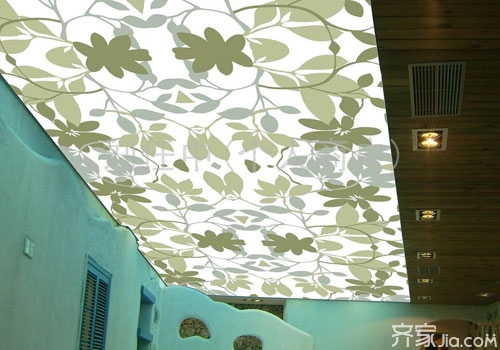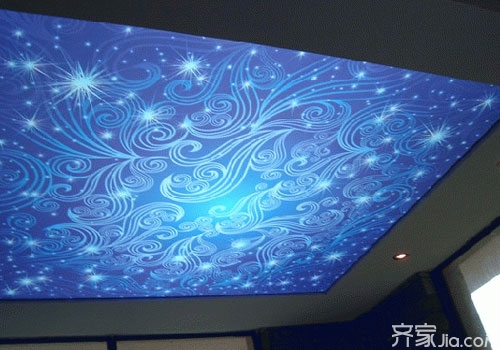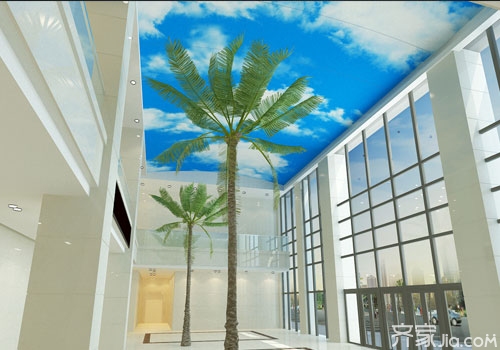Traditional inkjet printing is not ideal for outdoor fences due to its low resolution and coarse texture, which limits the viewing distance and makes it unsuitable for close-up inspection. However, with the growing popularity of inkjet soft film ceiling patterns, soft film photos, and finely printed films, these products are now widely used in brand promotions across clothing stores, building material shops, and high-end shopping malls. Printing on soft film requires specialized equipment and careful handling, as even a small mistake during the process can lead to defective results. This article will walk you through some essential tips for printing soft film ceiling processing. Key Considerations for Printing Soft Film Ceiling First, there is no specific inkjet printer designed exclusively for soft film printing. Not all inkjet printers are suitable for this task, so it's important to choose the right machine. Second, since soft film lacks a woven structure, it is thin and flexible. This can cause inconsistencies between the film’s movement and the printer’s roller speed, resulting in visible "PASS lines" on the final product. Third, the soft film may swell or deform after being sprayed with ink, leading to scratches caused by contact with the print head. The darker the color, the more likely this issue occurs. Fourth, glossy soft films are generally not recommended for inkjet printing because they don't absorb ink well, dry slowly, and are prone to smudging or fading over time. They also tend to show clear PASS lines. Fifth, some translucent soft films may not be suitable for inkjet printing if they are too thin, too soft, or if the manufacturer's equipment isn’t up to standard. Before printing, stretch the film 4-5 meters and lay it flat on the ground. If you notice "lotus edges" along the sides, it’s best to avoid using that material for printing. Sixth, dark blue or dark gray prints are especially prone to developing PASS lines, though the exact reason is still unclear. Lastly, because soft film is highly flexible, it stretches during printing and then retracts afterward. Combined with the effects of ink corrosion, the final size of the printed film is often shorter than expected. Therefore, accurate planning of color, length, and other dimensions is crucial during the printing process. Editor’s summary: We’ve shared key insights into the common challenges and best practices for inkjet soft film ceiling processing. We hope this information proves helpful. If you have any questions or need further clarification, feel free to leave a comment below, and we’ll respond promptly. Still paying out of your own pocket for home decoration? The Qi family offers installment plans with an ultra-low annual interest rate of 3.55% and a maximum loan of up to 1 million. Apply now and enjoy exclusive discounts! If you're interested in brand collaboration, content partnerships, or advertising on this site, please send us an email at: Oppo Ceiling Light
Make a Diy Macrame Pillow on sofa , couch , bench , bed or car . Comfortable headrests , one for our child's bedroom and one for each bed , and one for the day bed . Unique design adds texture and interest to any home decor . Our Boho Throw Pillows are soft to the touch . Good combination with different interior's concepts : bohemian , rustic , retro , vintage and others .
Cotton Cushion,Macrame Cotton Cushion,Cotton Seat Cushion,Cotton Macrame Cushion Shandong Guyi Crafts Co.,Ltd , https://www.gyicraft.com

